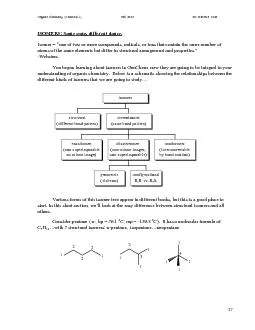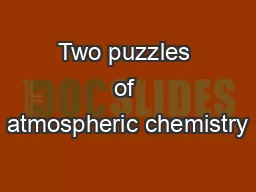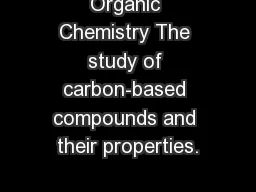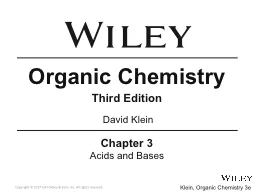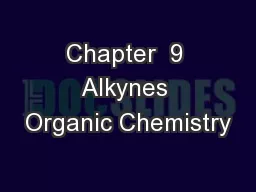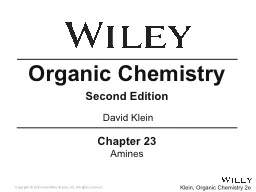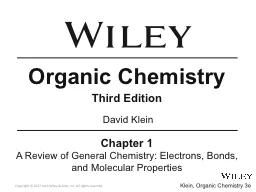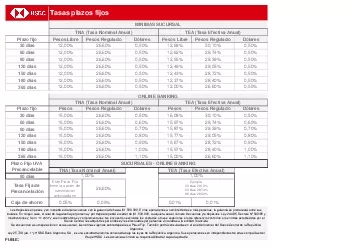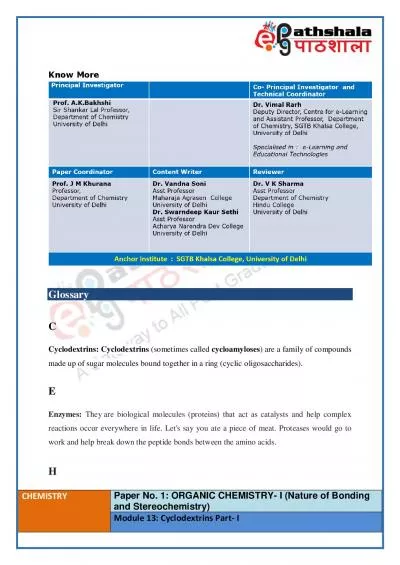PDF-Organic Chemistry (CHEM311) Fall 2005 Dr. Robert F. Dias
Author : conchita-marotz | Published Date : 2017-01-22
ISOMERS Same song different dance Isomer 147one of two or more compounds radicals or ions that contain the same number of atoms of the same elements but differ
Presentation Embed Code
Download Presentation
Download Presentation The PPT/PDF document "Organic Chemistry (CHEM311) Fall 2005 ..." is the property of its rightful owner. Permission is granted to download and print the materials on this website for personal, non-commercial use only, and to display it on your personal computer provided you do not modify the materials and that you retain all copyright notices contained in the materials. By downloading content from our website, you accept the terms of this agreement.
Organic Chemistry (CHEM311) Fall 2005 Dr. Robert F. Dias: Transcript
Download Rules Of Document
"Organic Chemistry (CHEM311) Fall 2005 Dr. Robert F. Dias"The content belongs to its owner. You may download and print it for personal use, without modification, and keep all copyright notices. By downloading, you agree to these terms.
Related Documents

